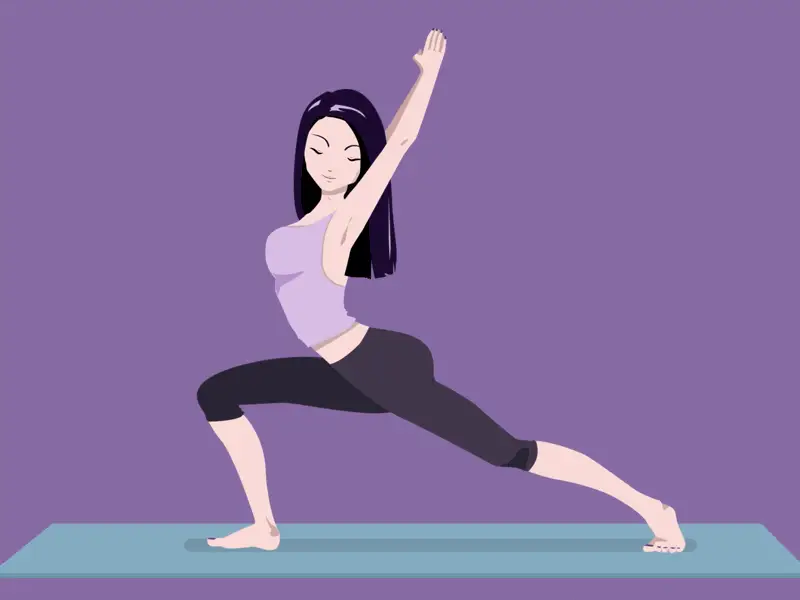Exercise is an important cornerstone of healthy life, but the debate about "when is it healthier to exercise" has never stopped. Some people advocate the refreshing vitality of morning exercise, while others prefer the decompression effect of night exercise.
So what is the "best time to exercise"? Scientific research shows that there are significant differences in the effects of exercise at different time periods on the body, and it needs to be considered comprehensively in combination with individual needs and health conditions.

• Advantages of morning exercise
The results show that exercising from 7 to 9 am every day has the best weight loss effect. Compared with the noon and evening exercise groups, although the participants in the morning exercise group accumulated less exercise, the BMI and waist circumference of the participants who exercised in the morning were lower.

Similarly, the results of another mouse model study showed that exercising in the early activity stage of the day is the best time to burn fat, and it is not related to the eating state, which is also equivalent to the morning of humans.

• Advantages of exercising in the afternoon and evening
1. More conducive to lowering blood sugar
A study published in Diabetes Care in 2024 pointed out that obese adults or people with diabetes exercise most effectively and benefit the most in the evening.
Studies have found that moderate-intensity aerobic exercise (such as brisk walking, jogging, etc.) in the evening to night can bring dual health benefits:
On the one hand, it can improve glucose tolerance and insulin resistance caused by changes in circadian rhythms, effectively suppress postprandial blood sugar fluctuations and stabilize fasting blood sugar levels the next morning;
On the other hand, studies have confirmed that exercising at night may reduce the risk of cardiovascular disease and death in obese and diabetic groups.
2. Reduce the risk of cardiovascular disease
Many people with poor hearts have a "beating" heart when they exercise, especially when they exercise vigorously, they are worried about danger.
6-9 am is the fragile period of the heart: the body is dehydrated after a whole night of consumption, the blood is as viscous as porridge, and the blood pressure reaches the highest peak of the day. At this time, vigorous exercise is like "unpacking blind boxes" in the blood vessels-arterial plaques may rupture at any time and cause myocardial infarction and cerebral infarction!
Therefore, it is best to avoid this peak period and schedule exercise in the afternoon or evening.

• Three steps of scientific exercise
1. Warm-up (5-10 minutes)
Activate the body through dynamic stretching or low-intensity activities (such as stepping on the spot, joint activities), so that the heart rate and body temperature rise steadily, and prepare for formal exercise.

2. Core exercise (15-30 minutes +)
Choose moderate-intensity aerobic exercise such as brisk walking, jogging, and cycling. In the early stage, you can follow the recommended duration. After your physical fitness improves, you can combine heart rate monitoring (maintain 50%-70% of the maximum heart rate) to gradually extend the single exercise time.

3. Relaxing end (10 minutes)
Help the heart rate drop through static stretching, deep breathing exercises or slow walking, relax the main force muscle groups, and reduce muscle soreness the next day.

Early morning and evening exercise have their own advantages and disadvantages
The key is:
- Matching individual needs with physiological rhythms
- Whether running in the morning sun or sweating in the moonlight,
- Regular and moderate exercise habits
- The core of health
After watching for so long, stand up and move!

%20--%3e%3c!DOCTYPE%20svg%20PUBLIC%20'-//W3C//DTD%20SVG%201.1//EN'%20'http://www.w3.org/Graphics/SVG/1.1/DTD/svg11.dtd'%3e%3csvg%20version='1.1'%20id='图层_1'%20xmlns='http://www.w3.org/2000/svg'%20xmlns:xlink='http://www.w3.org/1999/xlink'%20x='0px'%20y='0px'%20width='256px'%20height='256px'%20viewBox='0%200%20256%20256'%20enable-background='new%200%200%20256%20256'%20xml:space='preserve'%3e%3cpath%20fill='%23FFFFFF'%20d='M194.597,24.009h35.292l-77.094,88.082l90.697,119.881h-71.021l-55.607-72.668L53.229,232.01H17.92%20l82.469-94.227L13.349,24.009h72.813l50.286,66.45l58.148-66.469V24.009z%20M182.217,210.889h19.566L75.538,44.014H54.583%20L182.217,210.889z'/%3e%3c/svg%3e)




